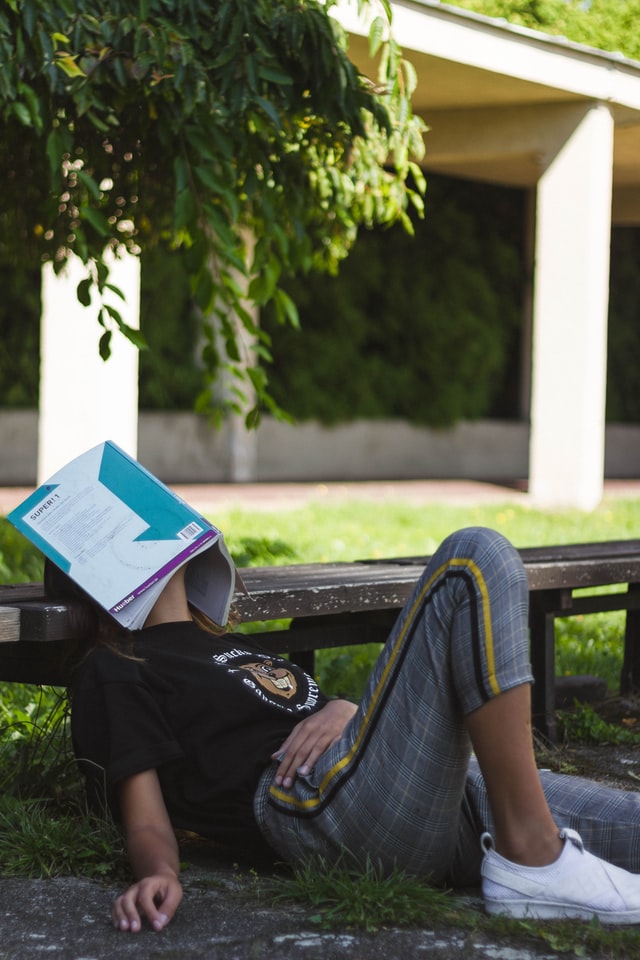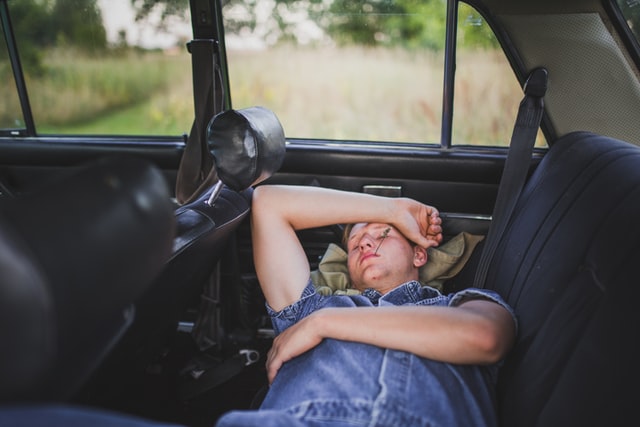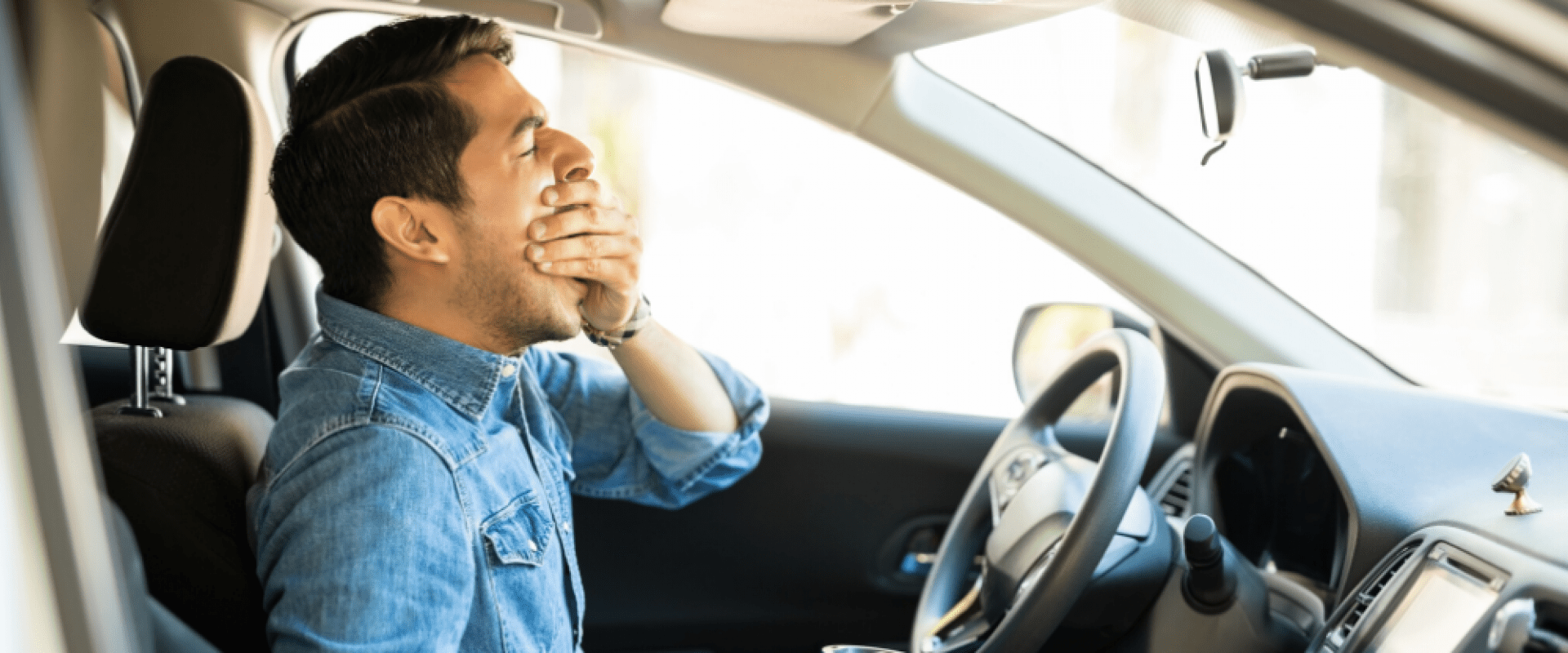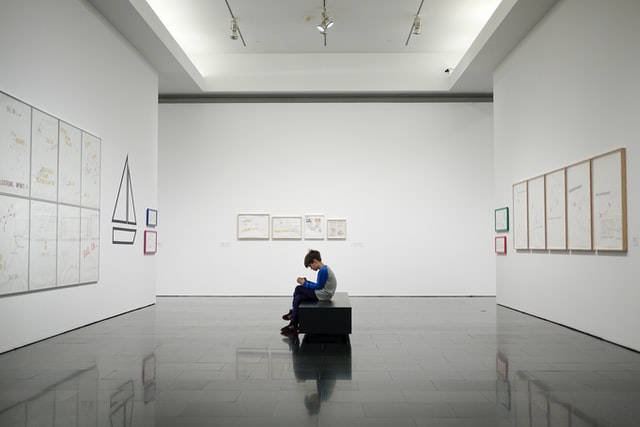It has happened to us all to need to experience a plunge after a good lunch, during too long a snapshot of quiet during the day, or during a gathering that doesn’t stop to delay: not much if this occurs occasionally! This languor marvel, be that as it may, becomes dangerous when it is seen with repeat and over the long run, and it is then important to look for the causes to have the option to treat them. This is one of the principal side effects of an undiscovered or inadequately treated rest apnea condition.
DROWSINESS OR TIRED?

Drowsiness is defined as an intermediate state between waking and sleeping, which is characterized by falling asleep if the sleepy person is not stimulated.
It reveals a real need to sleep …
Somnolence must be differentiated from fatigue, which translates into a feeling of physical or moral weakness occurring after intense activity or sustained effort. She demands rest, but not necessarily sleep. Thus, we can feel tired but have no desire to sleep!
This distinction between drowsiness and fatigue is essential, because the causes, consequences and treatments of these two symptoms, too often confused, can be quite opposite.
A third of the population complains of occasional drowsiness.
— ADVERTISEMENT —
We speak of “hypersomnolence” when it occurs excessively and irreversibly and affects and alters everyday life. About 5% of the population would be affected …
DROWSINESS AND SLEEP DISORDERS
Causes and consequences
Daytime sleepiness, when it occurs regularly, is therefore not to be taken lightly. First, it has real consequences on the daily life and quality of life of the people who experience it: permanent feeling of not being awake, difficulty concentrating and thinking, lack of attention, increased risk of accidents …
Then, it is often symptomatic of health problems, especially sleep.
The causes of abnormal drowsiness can be varied: nights that are too short, drug treatments (sedatives, anxiolytics, etc.), consumption of stimulants (alcohol, caffeine, etc.) but also various chronic psychological, neurological or endocrine diseases such as diabetes . It can therefore reveal a whole bunch of sleep diseases such as insomnia, narcolepsy, restless legs syndrome … Or OSAHS, sleep apnea and hypopnea syndrome.
Hyper drowsiness and sleep apnea
Sleep apnea causes breathing pauses during sleep and many micro-awakenings. The nights are then not very restful and this growing sleep debt results in hypersomnolence during the day: 30 to 50% of patients with apnea syndrome suffer from this phenomenon!

It is therefore necessary to look for this pathology when a patient complains of hypersomnolence, especially if it is accompanied by other symptoms such as a feeling of non-restful sleep, headaches upon waking, snoring, nocturnal suffocation …
Because once OSAHS (Obstructive Sleep Apnea Syndrome) is treated, hypersomnolence decreases, or even disappears completely.
Persistent drowsiness
But in some cases, despite good treatment, hypersomnolence persists … This “residual drowsiness” affects 12 to 18% of patients treated for OSAHS, and is most often explained by behavioral causes (sleep deprivation). , consumption of toxic substances, etc.) or medical, whether they are directly linked to the apnea syndrome or to another sleep pathology.
Once these avenues have been explored and eliminated, there would still be 6% of residual drowsiness, with no identified causes. New therapies are currently being validated to treat these specific patients … Hope remains!
In all cases, whether or not you suffer from sleep apnea, if you feel too often drowsy during the day, do not hesitate to talk to a health professional… Because it is very often easy to get rid of it. get rid of !
Thanks to Doctor Kelly Guichard, psychiatrist and sleep doctor at the Bordeaux University Hospital (sleep clinic, CRMR Narcolepsy and rare hypersomnias), for his explanations on the subject.



